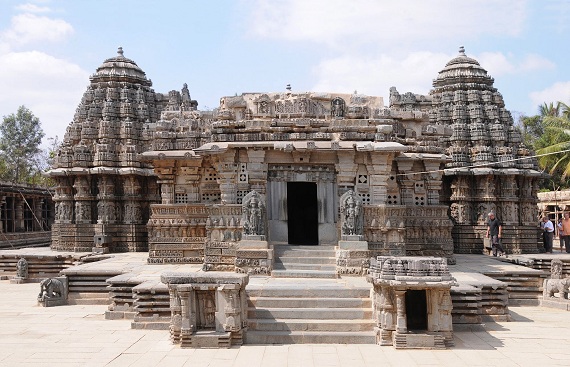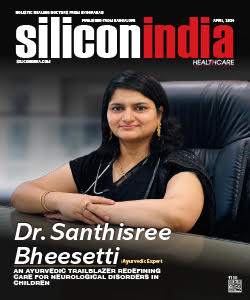Karnataka's Three Hoysala Temples were designated as UNESCO World Heritage Sites
By
siliconindia | Wednesday, 20 September 2023, 21:28 IST

The Hoysala temples at Belur, Halebid, and Somanathapur in Karnataka were declared as UNESCO World Heritage Sites in a move that will bring global recognition with prospects of increase in international tourism to these places. The Chennakeshava temple at Belur and the Hoysaleshwara temple at Halebidu both in Hassan district have been on the UNESCO’s tentative list since 2014. The Keshava temple at Somanathapur in Mysuru district was appended to the other two monuments under the tentative list and all three were officially nominated by the Centre as India’s entry for 2022-23 in February 2022.
The Archaeological Survey of India (ASI) said the coming together of creative genius, architectural eclecticism, and symbolism into this outstanding sacred architecture makes these Hoysalas temples a true work of art and their inscription is truly an honour for India and the entire world heritage community. An expert from the International Commission on Monuments and Sites (ICOMOS) concluded the site visits covering all three temples in September last year and the monuments were officially inscribed as UNESCO World Heritage Sites during the 45th session of the World Heritage Committee at Riyadh, Saudi Arabia. Santiniketan in West Bengal was inscribed as a UNESCO site for the 2021-22 cycle.
All three temples are protected by the ASI and the nominations were entered as ‘The Sacred Ensembles of Hoysalas’. The Hoysala temples are known for evolving a distinct style that is ornate with temple architecture following a stellate plan built on a raised platform. The material used in temple construction is choloritic schist which is also known as soapstone that are soft and amiable to carving.
The temples have horizontal friezes and many of the sculptures are signed by artists which is unique in the history of Indian art while the doorways show intricate carvings showcasing the excellence achieved by the Hoysala artist. While the construction of the Chennakeshava temple at Belur commenced during the period of king Vishnuvardhana in 1117 CE and took 103 years to complete, the Hoysaleshwara temple was commissioned in 1121 CE while the Keshava temple at Somanathapur was commissioned by Somanatha Dandanayaka during the regime of Narasimha III in 1268 CE.
A. Devaraju, Commissioner, Department of Archaeology Museums and Heritage, said the inscription of the three sites as World Heritage Sites would give global recognition for the three monuments known for sculptures and carvings and further boost tourism. He said going forward, the concerns of UNESCO, if any, would be addressed and there would be an emphasis on enhancing tourist amenities. “We will have to shore up amenities and take up the signages to the next level, befitting the World Heritage status of the sites, apart from improving connectivity,” said Mr. Devaraju. The dossier for final submission was prepared by the Bengaluru chapter of INTACH for the Department of Archaeology Museums and Heritage and Department of Tourism with support from the ASI. Pankaj Modi, conservation architect from INTACH Bengaluru chapter, said the ICOMOS had sought certain clarifications and documents which had to be submitted by the stipulated period and the focus of the authorities would be on implementing the management action plan.
Read More News :
Apple online, India retail stores now offer the best ways to own iPhone 15, Watch Series 9
India to see Rs 90K cr worth of e-commerce sales in festive month this year





.jpg)